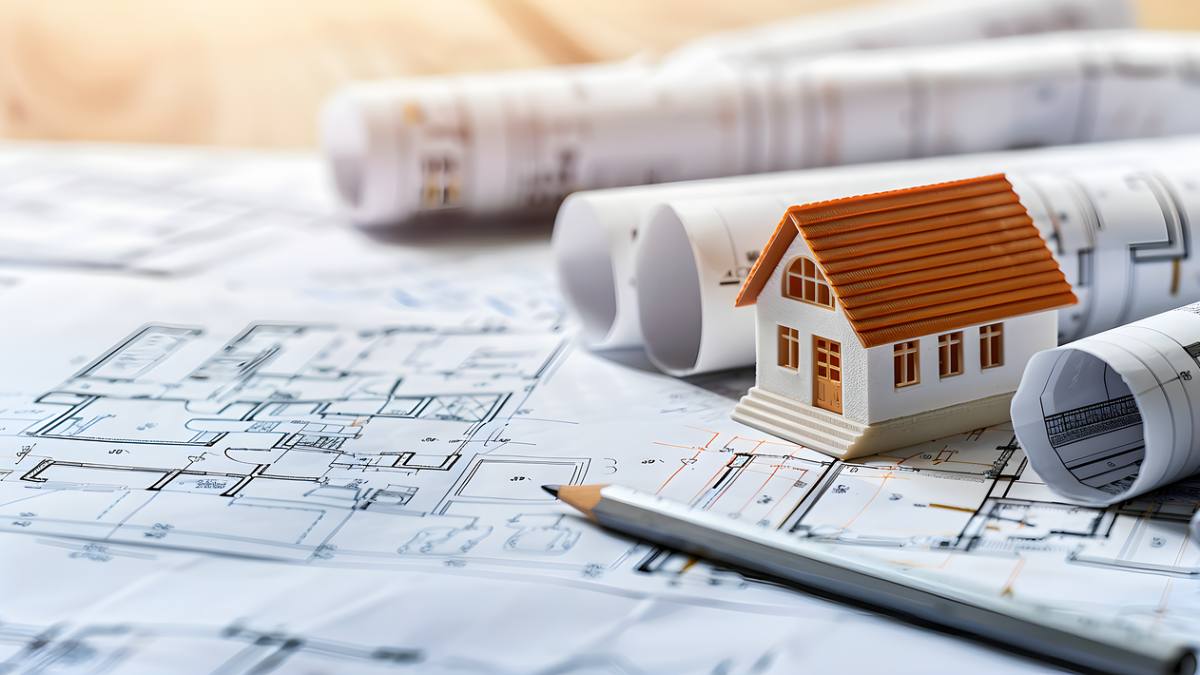
Benefits of Design-Build Contractors Architects Insights
Design build contractors offer a comprehensive approach, seamlessly integrating the planning, design, and construction phases under a single entity. This innovative model eliminates the traditional fragmented approach, minimizing delays and enhancing communication throughout the project lifecycle. Architect Tom Duke emphasizes the notable advantages of the design-build method compared to the conventional design-bid-build approach.
1. Efficiency and Collaboration: Design-build encourages a collaborative environment between architects and construction teams.
This cohesive teamwork, starting from project inception, significantly reduces potential conflicts or misunderstandings. The integrated collaboration ensures an efficient project timeline, resulting in smoother execution and fewer discrepancies between design intent and construction implementation.
2. Reduced Risks and Costs: The integration of planning and construction processes allows for early cost estimation and identifies potential issues before they escalate. Involving contractors during the design phase enables accurate cost assessments upfront, minimizing unexpected expenses during the construction phase. This proactive approach reduces project risks and avoids costly delays due to unforeseen problems.
3. Enhanced Quality and Accountability: By consolidating responsibility within a single entity, the design-build model promotes accountability and streamlines decision-making processes. The absence of conflicting interests between separate design and construction entities ensures a higher-quality end product. Accountability for the project’s success lies with the unified team, fostering a cohesive work environment focused on achieving the client’s objectives.
4. Time Savings and Faster Delivery: Design-build contracts often result in shorter project durations due to concurrent planning and construction activities. The elimination of bidding periods and quicker decision-making processes expedite the overall project timeline. The streamlined approach from design inception to project completion enhances efficiency, delivering projects promptly without compromising quality.
5. Client Satisfaction: The collaborative nature of design-build contracts facilitates improved communication between architects, contractors, and clients. This enhanced communication allows for a more engaged and proactive approach to meet the homeowner’s needs and align the project with their vision. The continuous involvement of the client throughout the process enhances satisfaction and ensures their expectations are met.
6. Adaptability and Flexibility: Design-build contracts offer greater adaptability to changes in project scope or requirements. The cohesive communication and teamwork between designers and builders allow for swift adjustments during the construction phase. This flexibility ensures that the project adapts to evolving needs without compromising the project’s integrity or timeline.
Design build contractors provide a holistic approach to home improvement projects, promising a streamlined process, minimized risks, and superior quality outcomes. Insights from experienced architects like Tom Duke highlight the multifaceted advantages of this integrated construction model, making it an appealing choice for homeowners seeking efficient, collaborative, and high-quality project delivery.
.




